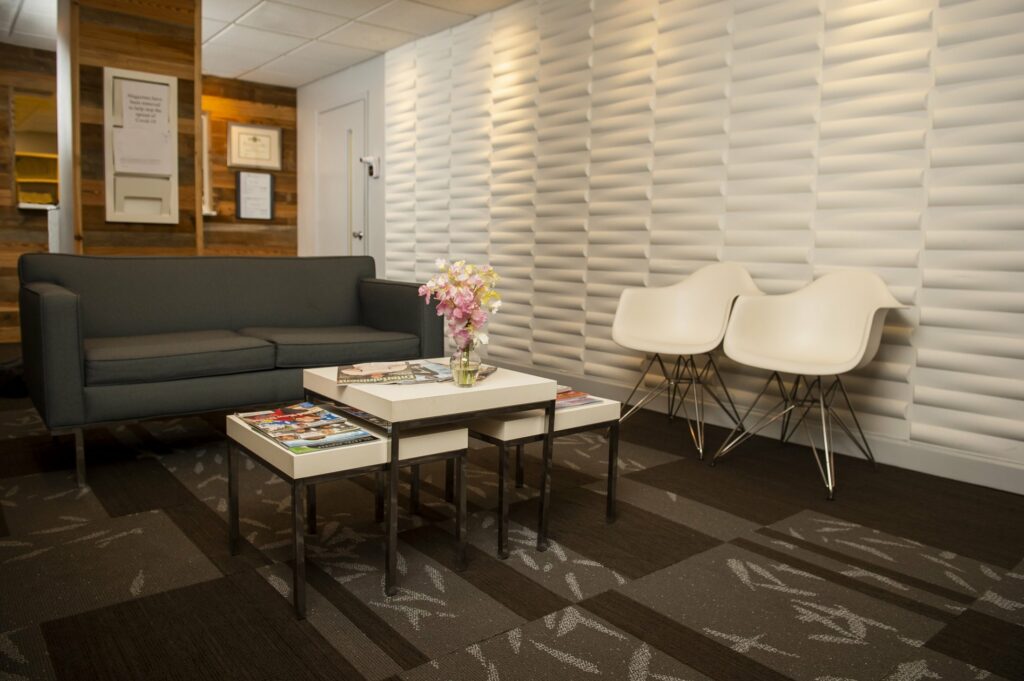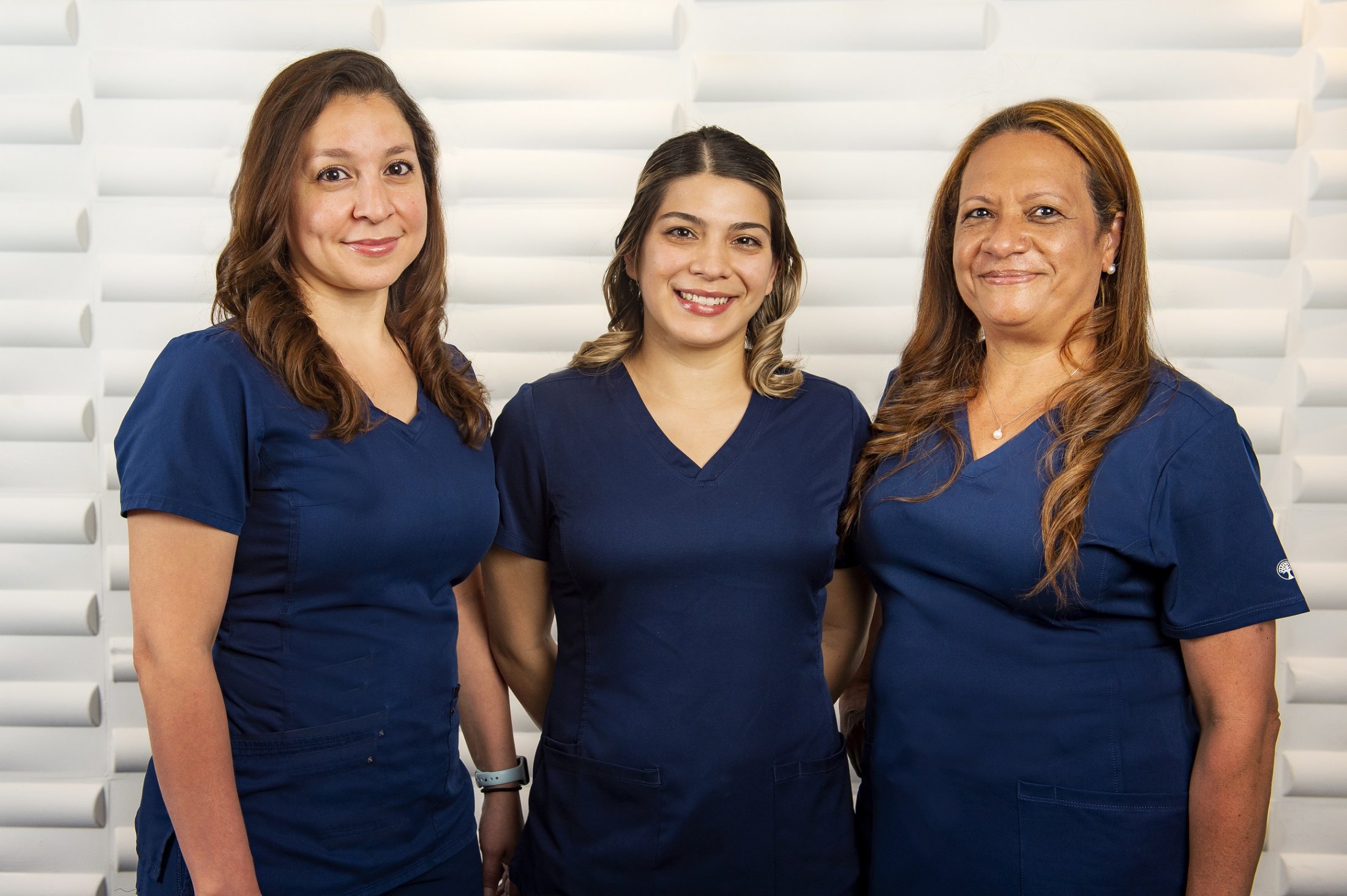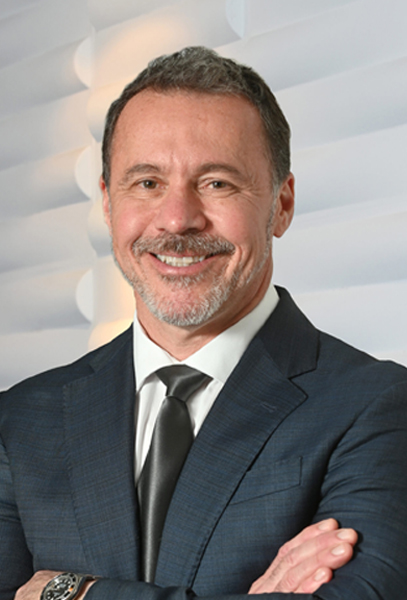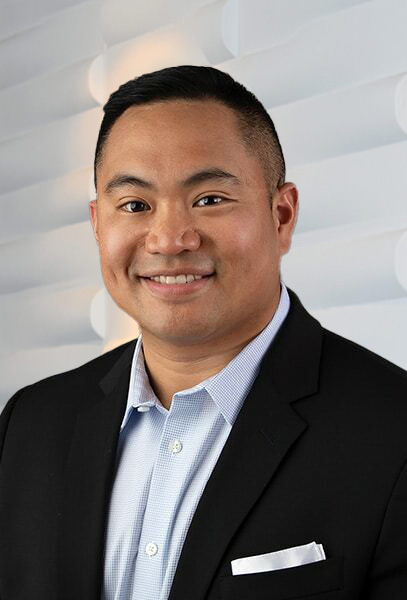Nerve Repositioning


Before Lower Jaw Implants
The inferior alveolar nerve which gives feeling to the lower lip and chin may need to be moved in order to make room for placement of dental implants to the lower jaw. This procedure is limited to the lower jaw and indicated when teeth are missing in the area of the two back molars and/or and second premolar, with the above-mentioned secondary condition. Since this procedure is considered a very aggressive approach (there is almost always some postoperative numbness of the lower lip and jaw area, which dissipates only very slowly, if ever). Usually other, less aggressive options are considered first (placement of blade implants, etc.).
Typically we remove an outer section of the cheek side of the lower jawbone in order to expose the nerve and vessel canal. Then we isolate the nerve and vessel bundle in that area, and slightly pull it out to the side. At the same time we place the implants, well be tracking the neuro-vascular bundle. Then the bundle is released and placed back over the implants. The surgical access is refilled with bone graft material of the surgeons choice and the area is closed.
These procedures may be performed separately or together depending upon the individual’s condition. As stated earlier, there are several areas of the body that are suitable for attaining bone grafts. In the maxillofacial region, bone grafts can be taken from inside the mouth, in the area of the chin or third molar region or in the upper jaw behind the last tooth. In more extensive situations, a greater quantity of bone can be attained from the hip or the outer aspect of the tibia at the knee. When we use the patients own bone for repairs or addition, we generally get the best results.
In many cases, we can use allograft material to implement bone grafting for dental implants. This bone is prepared from cadavers and used to get the patients own bone to grow into the repair site. It is quite effective and very safe. Synthetic materials can also be used to stimulate bone formation. We even use factors from your own blood to accelerate and promote bone formation in graft areas.
These surgeries are performed in the out-office surgical suite under IV sedation or general anesthesia. After discharge, bed rest is recommended for one day and limited physical activity for one week.
Get to know us.
At Washington Oral & Facial Surgery, we know how to help you. Our board-certified surgeons and expert staff can provide the care you need to relieve the discomfort you feel.


